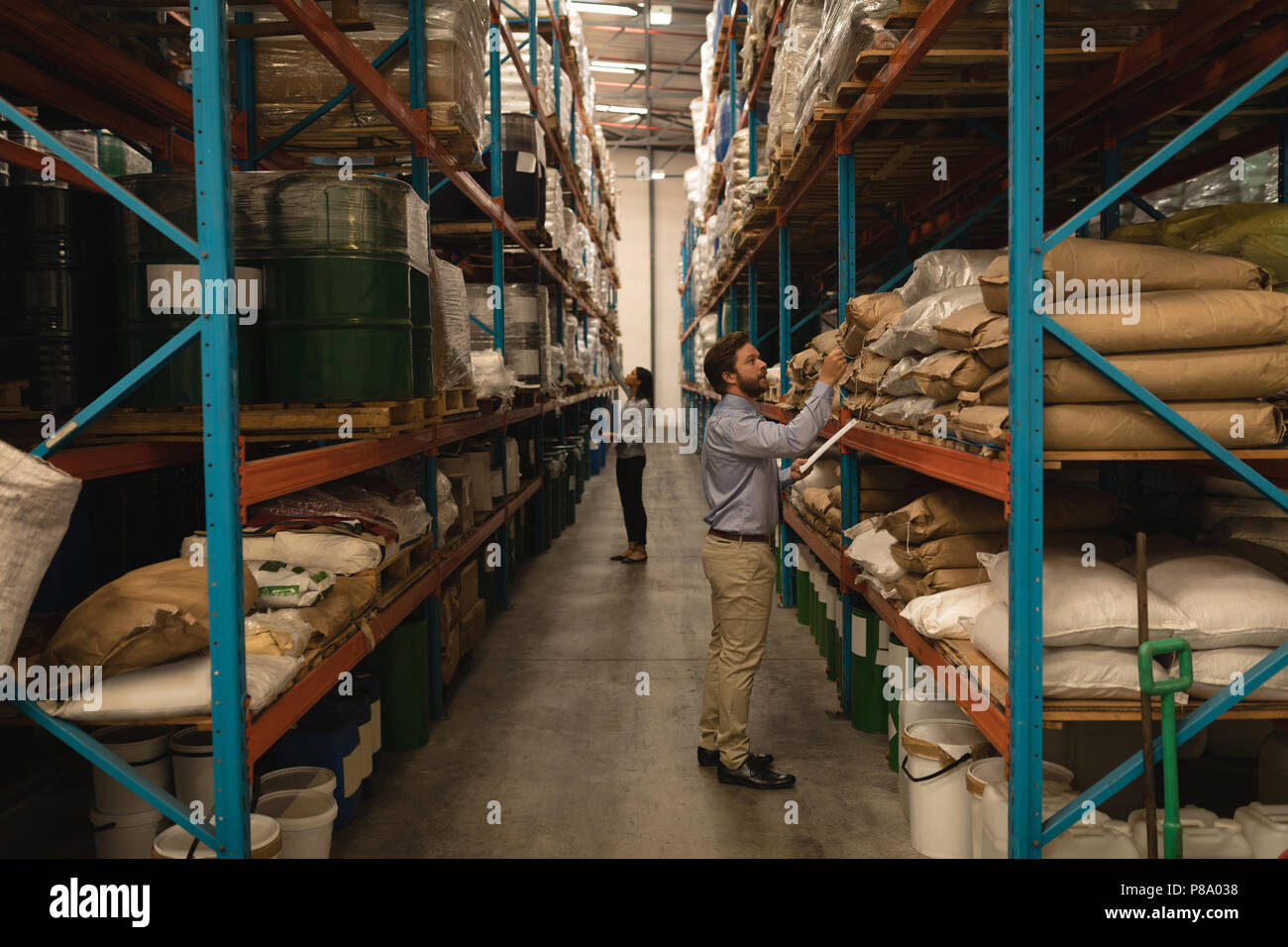Pick Your Part Anaheim inventory represents a significant resource for auto parts in Southern California. This expansive inventory boasts a wide array of makes, models, and years, providing customers with a unique opportunity to source both common and hard-to-find parts at competitive prices. Understanding the structure, search functionality, and logistical challenges of managing such a large inventory is key to maximizing its potential and enhancing the customer experience.
This comprehensive analysis explores the intricacies of Pick Your Part Anaheim’s operations, from its online search interface to its pricing strategies and inventory management techniques. We’ll examine the challenges and opportunities presented by managing a large-scale auto parts inventory, including space optimization, efficient processing of new parts, and accurate inventory tracking. Furthermore, we’ll delve into the customer experience, highlighting the importance of user-friendly search functionality and clear product descriptions.
Finally, we’ll consider the competitive landscape and the role of dynamic pricing in maintaining profitability.
Pick Your Part Anaheim Inventory: A Comprehensive Overview
Pick Your Part, a prominent used auto parts retailer, maintains a substantial inventory in its Anaheim location. This article delves into the intricacies of their inventory management, customer experience, pricing strategies, and visual representation, providing insights into the operations of this popular self-service auto parts provider.
Pick Your Part Anaheim Inventory Structure
Source: alamy.com
Pick Your Part Anaheim’s inventory typically consists of a vast outdoor yard filled with numerous vehicles in various states of disassembly. These vehicles represent a wide range of makes, models, and years, providing a diverse selection of used parts. The inventory is organized, to varying degrees depending on the specific location, by vehicle make and model, with parts categorized and often labeled.
Locating specific parts involves navigating the yard, identifying the correct vehicle, and then retrieving the desired part. A rudimentary inventory system, often consisting of handwritten records or basic spreadsheets, is used to track available parts, although digital improvements are needed.
Range of Vehicle Makes and Models
The Anaheim location typically stocks parts from a broad spectrum of domestic and imported vehicles. Common makes include Ford, Chevrolet, Honda, Toyota, and Nissan, encompassing various models and years. Less common or older models may also be available, depending on the current inventory. The availability fluctuates constantly due to the nature of the business.
Locating Specific Parts within the Inventory System
Customers typically locate parts by visually inspecting the vehicles in the yard. Some locations might have basic signage or rudimentary indexing systems, but locating specific parts often relies on the customer’s knowledge of auto parts and vehicle mechanics. Improving the search functionality is critical for enhancing the customer experience.
Sample Inventory List
The following table provides a sample of parts commonly found in a Pick Your Part Anaheim inventory. Note that availability and pricing are subject to change.
| Part Name | Vehicle Make/Model | Year | Price |
|---|---|---|---|
| Headlight Assembly | Honda Civic | 2010 | $25 |
| Door Handle | Toyota Camry | 2015 | $15 |
| Engine Block | Ford F-150 | 2008 | $200 |
| Tail Light Assembly | Chevrolet Silverado | 2012 | $30 |
| Transmission | Nissan Altima | 2018 | $350 |
User-Friendly Interface for Searching the Pick Your Part Anaheim Inventory Online
A redesigned website with a streamlined search interface is crucial. This should include intuitive search bars, allowing searches by part name, vehicle make, model, and year. Advanced filters could be implemented, allowing customers to narrow their searches based on part condition (e.g., used, tested), color, and other relevant criteria.
Improvements to Current Website Search Functionality
The current website, if one exists, likely lacks robust search capabilities. Improvements should focus on implementing a more comprehensive database with detailed part descriptions and high-quality images. Real-time inventory updates are also essential to ensure accuracy. A user-friendly interface with clear navigation is also critical.
Benefits of Integrating Advanced Search Filters
Advanced search filters significantly improve the customer experience by allowing for precise searches, reducing search time, and minimizing frustration. The ability to filter by year, make, model, and part type ensures customers find the correct part quickly and efficiently.
Examples of Clear and Concise Product Descriptions
Product descriptions should be concise and informative, including the part number, vehicle compatibility, condition, and any relevant details. For example: “Used Honda Civic 2010 Headlight Assembly – Driver Side, Good Condition, Minor Scratches.”
Challenges of Managing a Large Auto Parts Inventory
Managing a large inventory presents significant logistical challenges. Space optimization is crucial, requiring efficient organization and storage solutions to maximize space utilization and minimize wasted space. Organization of the physical yard is key to ensuring quick and efficient retrieval of parts.
Procedures for Receiving, Processing, and Storing New Parts, Pick your part anaheim inventory
Efficient procedures are vital for handling incoming vehicles. This involves a systematic process for disassembling vehicles, cataloging parts, and storing them in designated areas. Clear labeling and organization are crucial for easy retrieval. A barcoding or RFID tagging system would help manage and track inventory more efficiently.
Potential Issues with Inventory Tracking and Solutions

Source: solusi-gudang.com
Manual tracking systems are prone to errors. Implementing a digital inventory management system with real-time updates and barcode scanning would greatly improve accuracy. Regular inventory audits can help identify discrepancies and ensure data integrity.
Step-by-Step Guide for Updating the Online Inventory Database
A streamlined process for updating the online database is essential. After a part is sold, its status should be immediately updated in the system. Similarly, newly added parts should be promptly entered with accurate details. This requires a user-friendly interface and clear instructions for staff.
Comparison of Pricing Strategies with Competitors
Pick Your Part’s pricing likely reflects a competitive market analysis, considering the prices of similar parts at other local used auto parts retailers and junkyards. Factors like part rarity and condition influence pricing.
Influence of Part Rarity and Demand on Pricing
Rare parts command higher prices due to limited availability and increased demand. Conversely, common parts are usually priced competitively. The condition of the part also plays a significant role in determining its price.
Rationale for a Dynamic Pricing Model
A dynamic pricing model, adjusting prices based on market fluctuations and real-time demand, could optimize revenue. This requires monitoring competitor prices and adjusting pricing accordingly. However, a clear and transparent pricing policy is vital to maintain customer trust.
Pick Your Part Anaheim’s inventory fluctuates daily, offering a constantly changing selection of used auto parts. However, unrelated to the availability of a specific tail light, we found an interesting news piece detailing the recent crackdown on illegal activity related to body rub baltimore establishments. Returning to the topic of auto parts, Pick Your Part Anaheim encourages customers to call ahead to confirm part availability before visiting.
System for Calculating the Cost of Parts
Calculating the cost of parts involves considering the acquisition cost (price paid for the vehicle), disassembly labor, storage costs, and handling fees. A detailed cost accounting system is needed for accurate pricing.
Descriptive Text for an Image Showcasing a Well-Organized Pick Your Part Yard
Imagine a sprawling yet organized yard, neatly arranged rows of vehicles categorized by make and model. Clear signage directs customers to specific areas. Parts are clearly labeled and organized, with easily accessible aisles allowing for smooth navigation. Color-coded bins might categorize parts further, improving visual identification.
Layout of a Typical Pick Your Part Anaheim Location
A typical location would feature a designated entrance and exit, clear pathways between vehicles, and well-marked sections for different makes and models. Customer service areas and potentially a parts checkout counter are strategically located for easy access.
How Visual Aids Improve the Customer’s Ability to Find Specific Parts
Maps or diagrams of the yard, displayed both online and on-site, significantly improve the customer experience. These visual aids allow customers to quickly locate the desired vehicle and part. Color-coding or other visual systems enhance part categorization and identification.
Use of Color-Coding or Other Visual Systems to Categorize Parts
Color-coded bins or sections could be used to categorize parts by type (e.g., engine parts, body parts, electrical components). This visual system improves part identification and retrieval, making the customer’s experience more efficient.
Final Thoughts: Pick Your Part Anaheim Inventory
Pick Your Part Anaheim’s success hinges on its ability to efficiently manage a vast inventory while providing a seamless and satisfying customer experience. By optimizing its online search functionality, implementing robust inventory management systems, and employing strategic pricing models, Pick Your Part Anaheim can continue to thrive in a competitive market. The future success of the business rests on its ability to adapt to changing market demands and leverage technology to enhance both efficiency and customer satisfaction.

